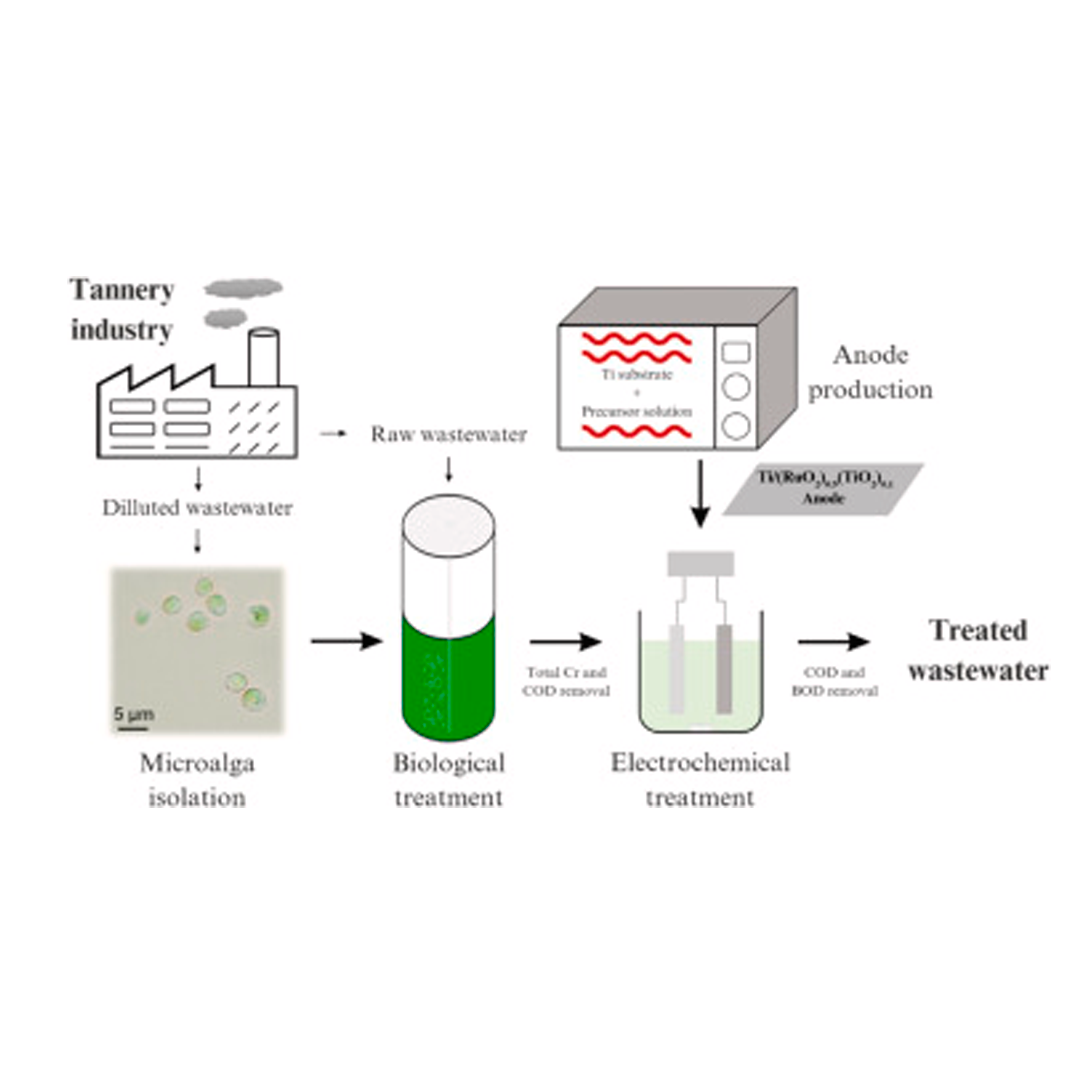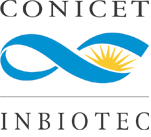Chemosphere, 386, 2025
Daniel E.E. Miranda, Rocio M.A. Paricahua, Erick N.G. Quispe, Ariela J. Huanca, Hugo G.J. Pacheco, Leonardo Curatti, Giancarlo R. Salazar-Banda, Lilia M.M. Ramos
Highlights
• Sequential microalgae-electrochemical treatment enhances tannery wastewater remediation.
• Microalgae (Chlorella sorokiniana) effectively removes heavy metals, including 78.4 % Cr.
• Anode composition and calcination temperature highly influence pollutant degradation.
• Microwave-prepared Ti/(RuO2)0·9(TiO2)0.1 anodes remove 94.3 % COD with low energy use.
• The combined approach significantly reduces pollutants while maintaining sustainability.
Abstract
The high concentration of heavy metals and persistent organic pollutants in tannery wastewater poses a serious threat to human health and environmental safety. These pollutants are difficult to remove through conventional treatment methods. This study investigates an alternative treatment approach that uses a sequential process that combines a biological stage with electrochemical treatment for improved efficiency. In the initial stage, a microalga isolated from local tannery effluent, identified as Chlorella sorokiniana, was used to remove heavy metals, achieving up to 78.43 % removal of chromium, and the almost complete removal of other toxic metals (99.3 % for As, and 98.9 % for V). Although biological treatment initially led to an increase in chemical oxygen demand (COD), extended incubation times resulted in COD reductions of up to 37 %. Various mixed metal oxide (MMO) anodes were prepared for the electrochemical stage using microwave irradiation for calcination. Tannery wastewater pre-treated with microalgae was further treated electrochemically using Ti/(RuO2)0.9(TiO2)0.1 and Ti/(RuO2)0.9(Sb2O5)0.1 anodes at different current densities. The Ti/(RuO2)0.9(TiO2)0.1 anode, calcined at 400 °C and operated at 60 mA/cm2, achieved the highest COD removal of 94.25 %, with further reduction in chromium. Under optimized conditions, the energy consumption was 21.4 kWh/m3, marking the lowest reported for electrochemical treatment of tannery wastewater, highlighting the efficiency of these anodes relative to previous studies. Integrating biological and electrochemical methods, this sequential treatment approach significantly improves the removal of organic compounds, chromium, and other pollutants, demonstrating the synergistic effect of the combined process and presenting a more sustainable and effective solution for tannery wastewater treatment.

